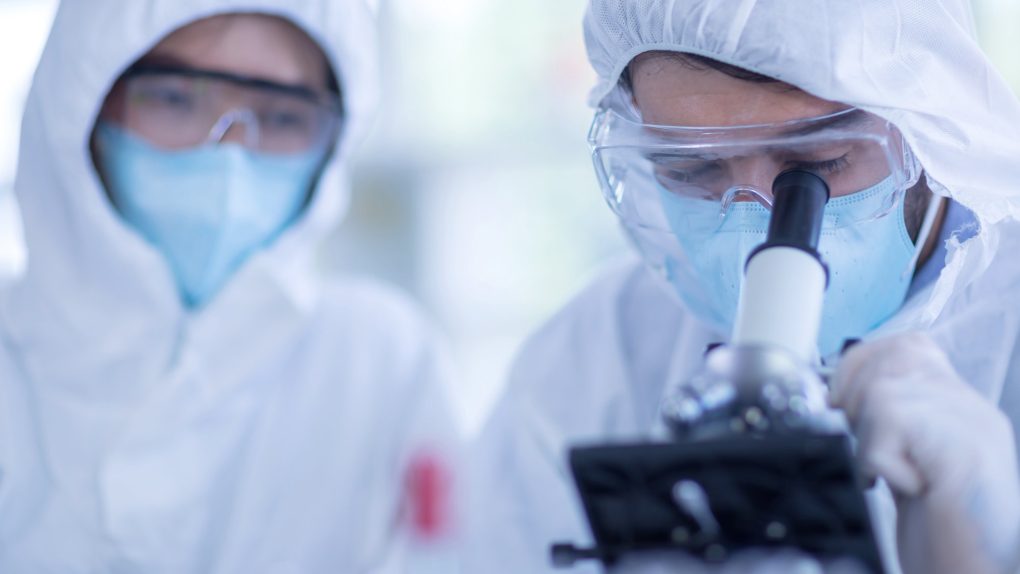- One big shortcoming of the US response to the coronavirus pandemic right now, at least in some parts of the country, involves contact tracing.
- As things stand now, too many people who get a positive COVID-19 diagnosis either report no close contacts for contact tracing purposes — or those contacts can’t be reached.
- Contact tracing is regarded as one key piece of an overall strategy for finally defeating the coronavirus, along with regular testing and a successful vaccine.
Over the past week, the national seven-day average of new coronavirus cases is up about 9% compared to the week prior. That’s according to the latest data from the researchers at Johns Hopkins University, which comes as the US recorded a little more than 44,000 new COVID-19 cases nationwide on Thursday.
As we move deeper into the fall and winter months, the US is inching closer to the arrival of a vaccine. Its arrival, coupled with other mitigation measures, will go a long way towards starting the long, slow process of easing us out of the pandemic. Those other measures include something that all of us can actually help with, because health officials say a lot of improvement needs to be made in this area. We’re referring to the practice of contact tracing.
The problem, as it stands now, is that too many people who are contracting COVID-19 now are not doing a good enough job of detailing for health officials their close contacts who may have unwittingly been exposed to the virus, as well as places that these newly infected people have visited in the days prior to getting their diagnosis. As an example, new research published in the CDC’s Morbidity and Mortality Weekly Report which looked at a group of COVID-19 patients in North Carolina during June and July found the following:
Almost half of those who tested positive in one county reported coming into contact with zero people, while 25% of the close contacts that were actually reported could not be reached so they could be informed.
What’s worse, this shortcoming was also found in other states. The research noted 50% of cases in Maryland reported zero contacts for contact tracing purposes. In New Jersey, 52% of cases reported zero contacts. Also worrying: The research found that the median span of time between when patients find out they have COVID-19 and when close contacts start being traced and notified is six days.
“Despite aggressive efforts by health departments, many COVID-19 patients do not report contacts, and many contacts cannot be reached,” the study authors note. “Improved timeliness of contact tracing, community engagement, and community-wide mitigation are needed to reduce SARS-CoV-2 transmission.”
Working with contact tracers means not only providing full and detailed information they need if you get a positive COVID-19 diagnosis but also actually answering the phone when contact tracers call to let you know you might have been exposed. These are part of the comprehensive strategy that’s needed to beat back the pandemic, get the country fully open again, and along with the help from a vaccine get our lives somewhat back to normal.








